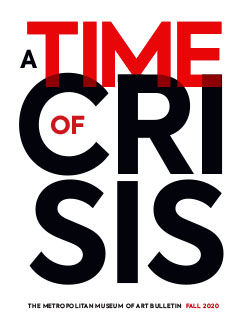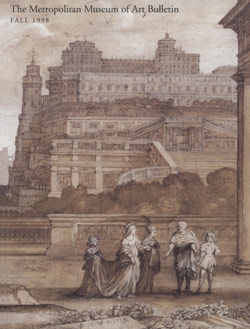Portrait Mask (Gba gba)
Not on view
Designed as part of a Baule theatrical tradition, known as "Mblo," that combines dramatic skits and solo dances, this mask is an idealized representation of the prominent member of the community for which it was sculpted. Its lustrous carved surfaces suggest healthy skin set off by a delicately textured coiffure and facial scarifications. Within Baule culture, Mblo portrait masks are appreciated as the most refined and long-standing form of artistic expression. While they may depict either men or women, such works were generally commissioned by a man to honor a female relative or created by a carver in homage to a particular woman's dance skills and beauty. Because of their importance, only the best dancers are eligible to wear portrait masks in performance. On such occasions it is required that the portrait's subject, or "double," be present to accompany it.
This work is of historic significance because it was exhibited in Paris at the Galeries Levesque as early as 1913, in the first installation to display African sculpture as fine art, alongside western works and Asian, Egyptian, and Precolumbian antiquities. In 1915 the mask was also published in Negerplastik, by Carl Einstein, a pioneering study of African art that established a new formalist appreciation for such objects and inspired many Modernists.
Due to rights restrictions, this image cannot be enlarged, viewed at full screen, or downloaded.
This artwork is meant to be viewed from right to left. Scroll left to view more.






